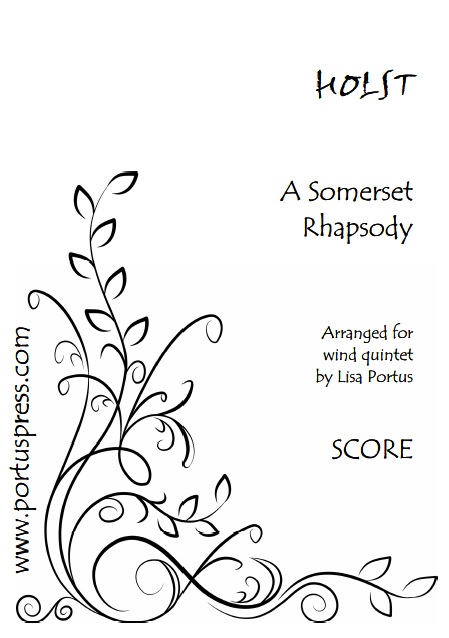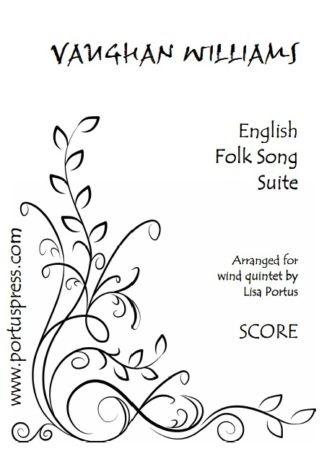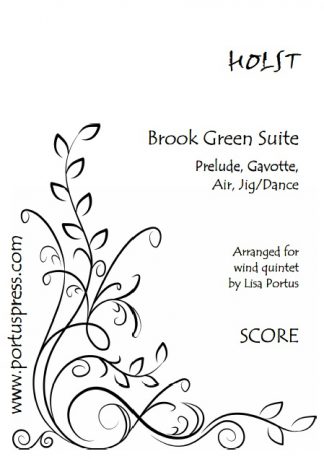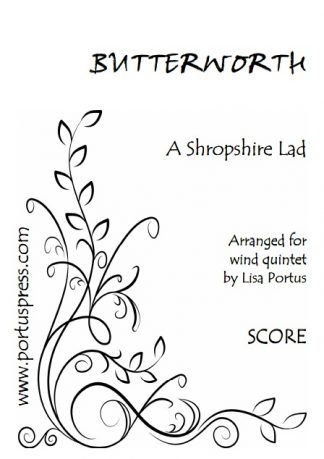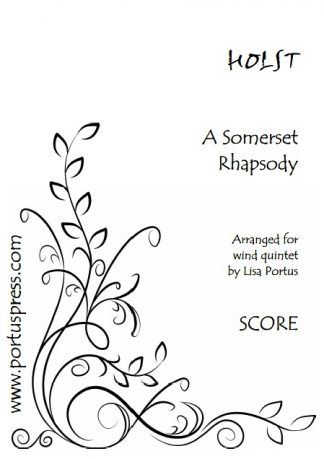Description
Gustav Holst (1874–1934), like his good friend Ralph Vaughan Williams, was one of several British composers who wanted to create a new, recognizably ‘English’ style of serious music. Key to this was the incorporation of English folk tunes into their music.
In 1906 Holst reworked his Folk Songs from Somerset – which was presumed lost until being recently unearthed in a New Zealand library. His new piece – A Somerset Rhapsody – is based on three folk tunes which are heard both separately and, at points, cleverly intertwined. They all have very different characters: the rather pastoral ‘Sheep-Shearing Song’ (‘It’s a Rosebud in June’) which both opens and closes the piece; the march ‘High Germany’; and ‘The Lover’s Farewell’.
Holst told a friend that he had arranged the melodies to tell a story:
Into a quiet country scene comes the sound of approaching soldiers. A youth who is courting a girl is persuaded to enlist and go to war. The soldiers march into the distance and the pastoral quietness returns. The girl is left alone.
Holst regarded A Somerset Rhapsody as his first real success and a defining moment in his career.
Oboe optionally doubles on Cor Anglais. Flute optionally doubles on piccolo.

